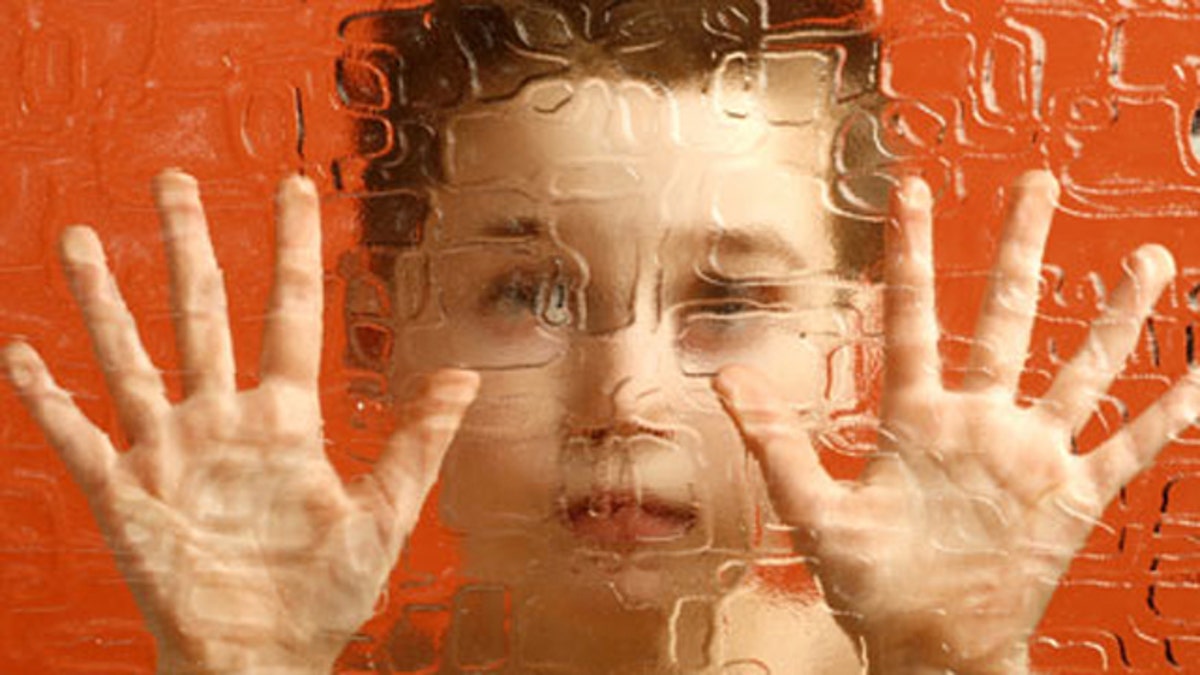
(iStock)
An autism diagnosis means different things depending on who is doing the diagnosing, suggests a new study.
Researchers found that clinics varied in what skills and behaviors they considered when evaluating kids with an autism spectrum disorder and deciding where on that spectrum they fell.
In kids with severe social problems, "everyone agreed that the child had (autism)," said study author Catherine Lord, head of the Institute for Brain Development at Weill Cornell Medical College and New York Presbyterian Hospital. "But it does suggest that in those borderlands of autism spectrum disorders, there is a lot of confusion."
That means that families of kids with an autism spectrum disorder should focus more on a kid's specific difficulties and strengths, rather than on a label, she said.
Those labels or classifications range from autism, on the more severe end of the spectrum, to Asperger syndrome, a milder disability, and "pervasive developmental disorder-not otherwise specified," or PDD-NOS, for kids who struggle with communication and social interaction but don't meet the symptom criteria for autism or Asperger's.
The current study involved 12 North American research clinics. About 2,100 kids between ages four and 18, who were known to have an autism spectrum disorder, were given a specific diagnosis based on tests of communication, behavior and intelligence as well as psychologists' own observations and discussions with parents.
On average, diagnostic test scores were similar across all sites. But the proportion of kids given each diagnosis varied widely. For example, two clinics gave less than half of their kids a diagnosis of autism, whereas one gave all its kids an autism diagnosis and none a diagnosis of PDD-NOS or Asperger's, the researchers report in the Archives of General Psychiatry.
The proportion of kids getting an Asperger's diagnosis ranged from zero to 21 percent, depending on the site.
"The findings confirm what we've long believed based on our clinical experience, that trying to carve up a continuous spectrum into discrete categories is very difficult," said Dr. Bryan King, director of the Seattle Children's Autism Center.
King is also affiliated with the University of Washington, where two of the study's 37 authors are located, but he didn't take part in the research.
There are a few possible explanations for the findings. Some clinics might place more weight on communication problems or parents' reports of how well kids take care of themselves than others when making a diagnosis, Lord said.
In addition, differences in services available in certain states for kids who have autism, but not Asperger syndrome—or, on the other hand, the stigma associated with having the more severe diagnosis—could be driving some of the variation, she added.
Whatever explains the difference, it wasn't random, she said, because within each clinic diagnoses were very similar, based on certain symptoms and test results.
"People often will say, 'I know what Asperger's is.' The reality is, each clinic did know what Asperger's is...but they were different from each other," Lord said.
The findings are important both for parents and for organizations that provide services to kids with autism spectrum disorders to consider, researchers said.
Parents should "not get too caught up in the difference between autism, PDD-NOS and Asperger's," according to Lord.
"What's important is: How much trouble does your child have with language? How much is your child hyperactive as well as autistic? Are repetitive behaviors a major feature of your child's life?" she said.
That, along with knowing kids' strengths, is what's necessary for making sure they get the appropriate help, Lord said.
"There's a list of factors there that you really should say, 'How does my kid compare to other kids on all these factors? Don't just give me a label.'"
Agencies that only provide services to kids with autism—but not those with PDD-NOS or Asperger syndrome—should also reconsider those policies, King told Reuters Health.
He said the findings support a move toward a general diagnosis of autism spectrum disorder for kids, rather than drawing the line between more specific disorders. But they don't call into question the recent rise in the disorders, now estimated to affect about one in 110 U.S. kids, he emphasized.
"I don't think parents and providers should interpret this in a way that might cause them to question whether or not their child has an autism spectrum disorder," King concluded.
